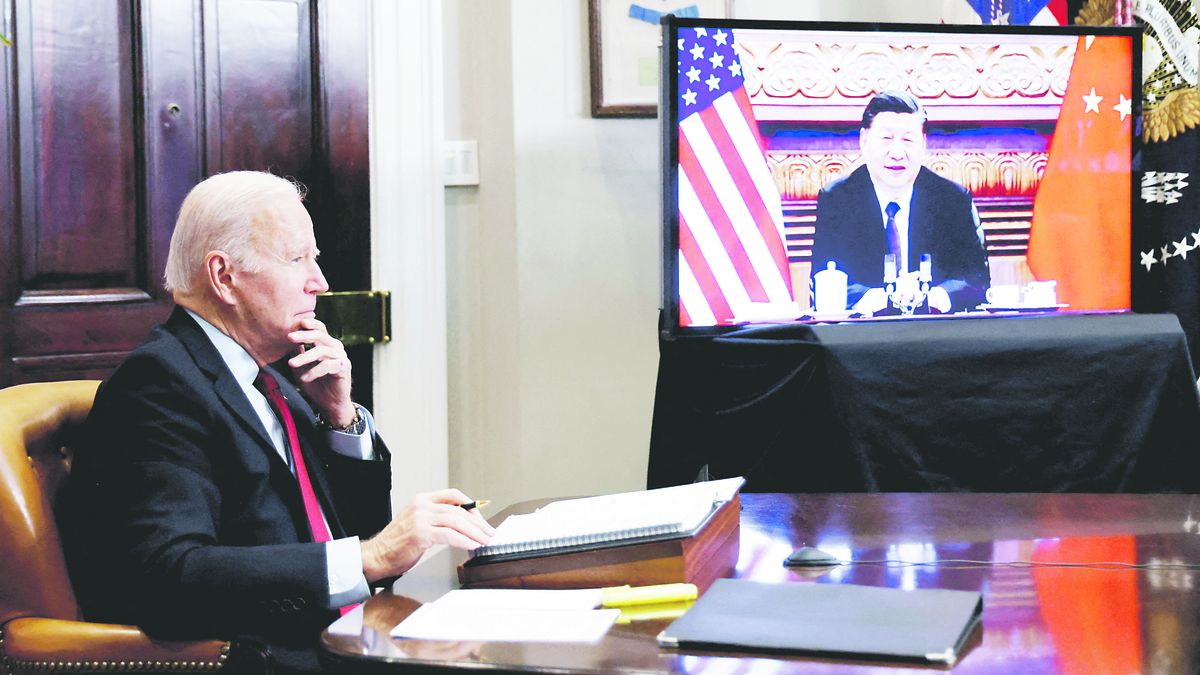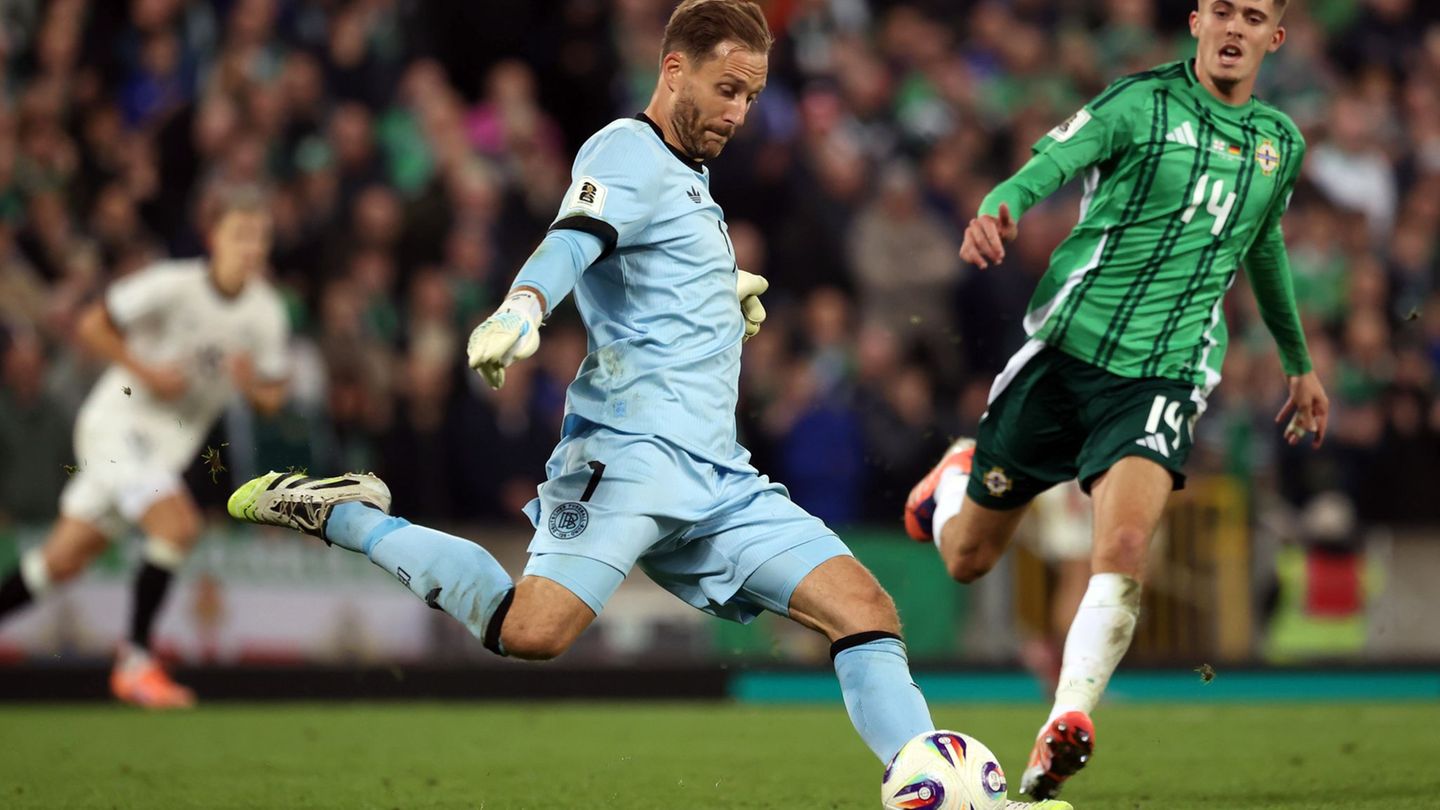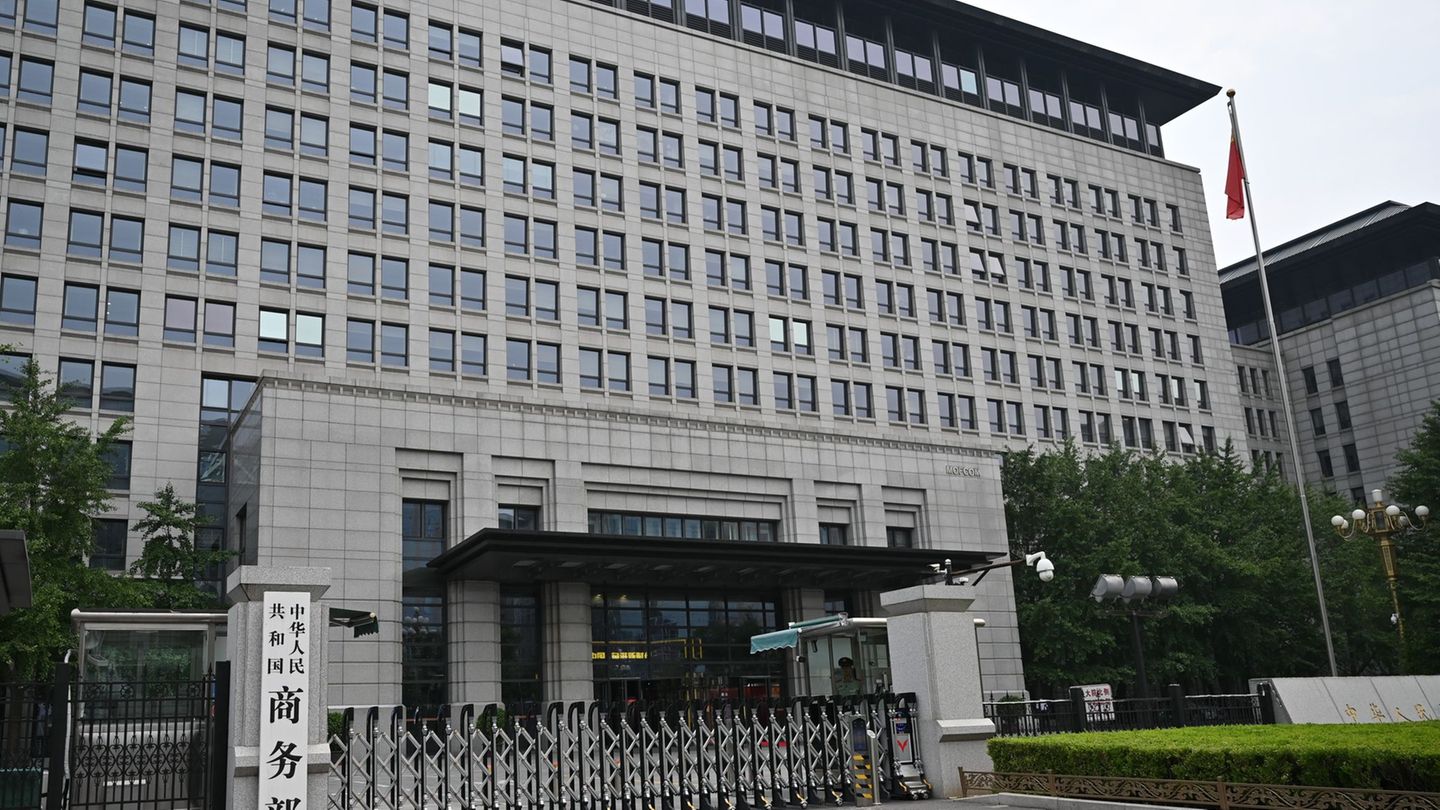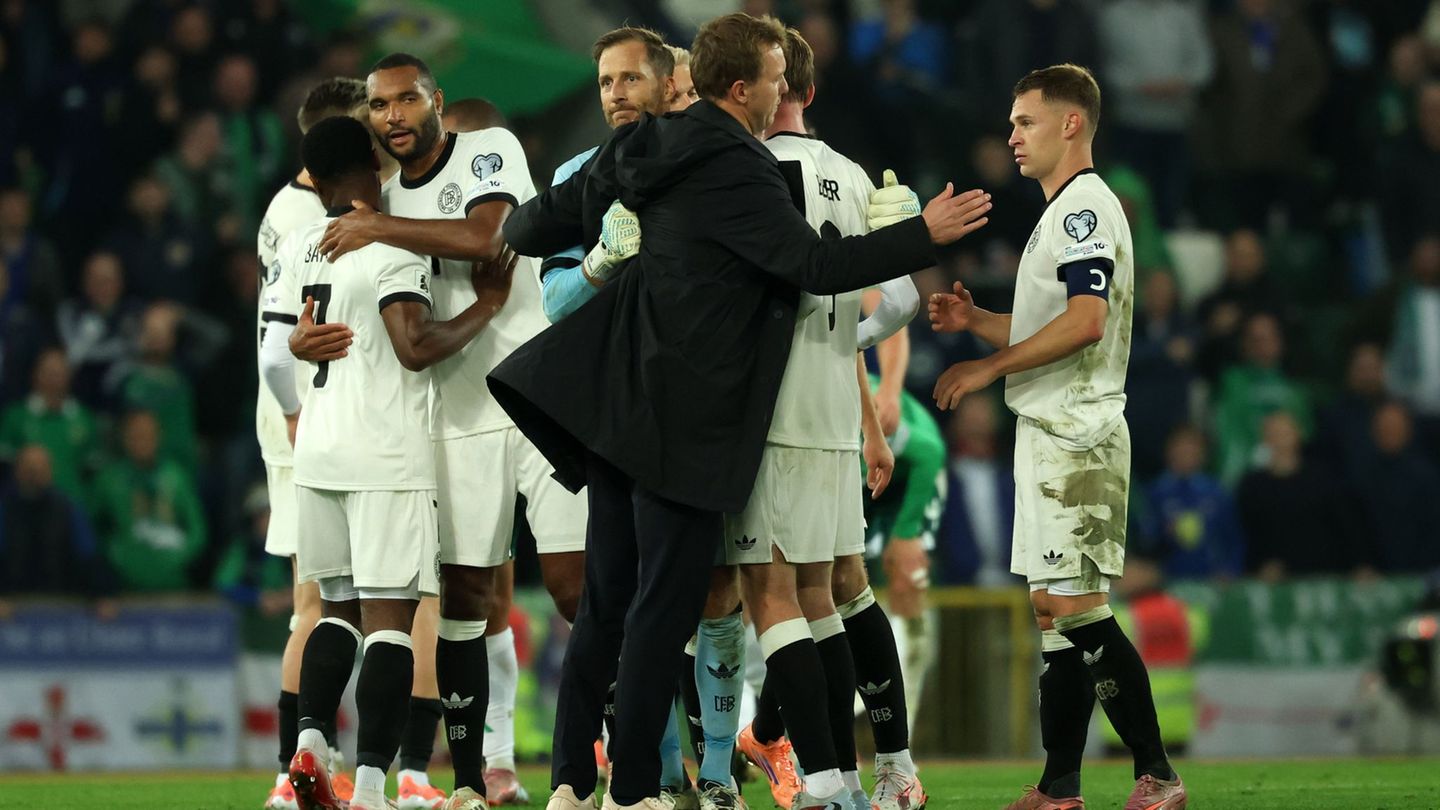The figures compare the activity level of one quarter with the previous one and then project it for the rest of the year, as is the prevailing methodology in the country.
The drop in output reflects the decline in business investment and household purchases, according to the Commerce Department. Likewise, the federal, state and local governments contained their expenses.
The US economy contracted 3.4% in 2020 as a result of the covid-19 crisis and rebounded 5.7% in 2021.
Controversy
The economic cycle is severely altered by the increase in inflation, which reached 9.1% year-on-year in June and remains at a 40-year high. The Federal Reserve is rapidly raising interest rates to control it, in reaction to the sharp increase in the cost of energy caused by the Russian invasion of Ukraine and the economic sanctions imposed by the West on Moscow. This means that the country’s fall into recession this time has a special political component, given the extremely harsh policy applied on the matter by the White House.
The accepted definition of a recession is two consecutive quarters of GDP decline, but many economists, including the Biden administration, say the economy is not necessarily in a recession because it shows other favorable indicators, such as labor market data.
Only one agency in the United States has the authority to officially determine recession periods, the National Bureau of Economic Research (NBER), but it does so with a delay of several months.
Defending
Biden had affirmed on Monday that his country would not fall into a recession and that his government is trying to put out the fire of inflation. Treasury Secretary Janet Yellen expressed a similar idea.
The opposition denounces a manipulation of the data. “Scoop for Joe Biden: You can’t change reality by discussing definitions,” the Republican Party reacted.
However, the White House recalls that unemployment fell to 3.6%, close to the level prior to the pandemic, which was the lowest in the last 50 years, and that employers continue to have difficulties hiring. However, “recent spending and production indicators moderated,” the Fed explained on Wednesday.
Consumption, the engine of the US economy, remained surprisingly strong in June, but the volume of spending rose on inflation and consumers are leaving stores with smaller purchases in volume for the same amount of money.
The International Monetary Fund (IMF) considerably lowered its growth expectation for the United States for this year and now expects 2.3% when in April it projected 3.7%. The agency took into account the effects of inflation and “weaker growth earlier in the year.”
To control inflation, the Federal Reserve announced on Wednesday the fourth consecutive rise in its benchmark interest rate by 75 basis points. Thus, he placed it in a range of 2.25% to 2.50%.
Another “unusually large” increase could come from the Fed’s Monetary Policy Committee meeting in September, Fed Chairman Jerome Powell said, but the decision will be determined by developments in inflation.
Source: Ambito
David William is a talented author who has made a name for himself in the world of writing. He is a professional author who writes on a wide range of topics, from general interest to opinion news. David is currently working as a writer at 24 hours worlds where he brings his unique perspective and in-depth research to his articles, making them both informative and engaging.




